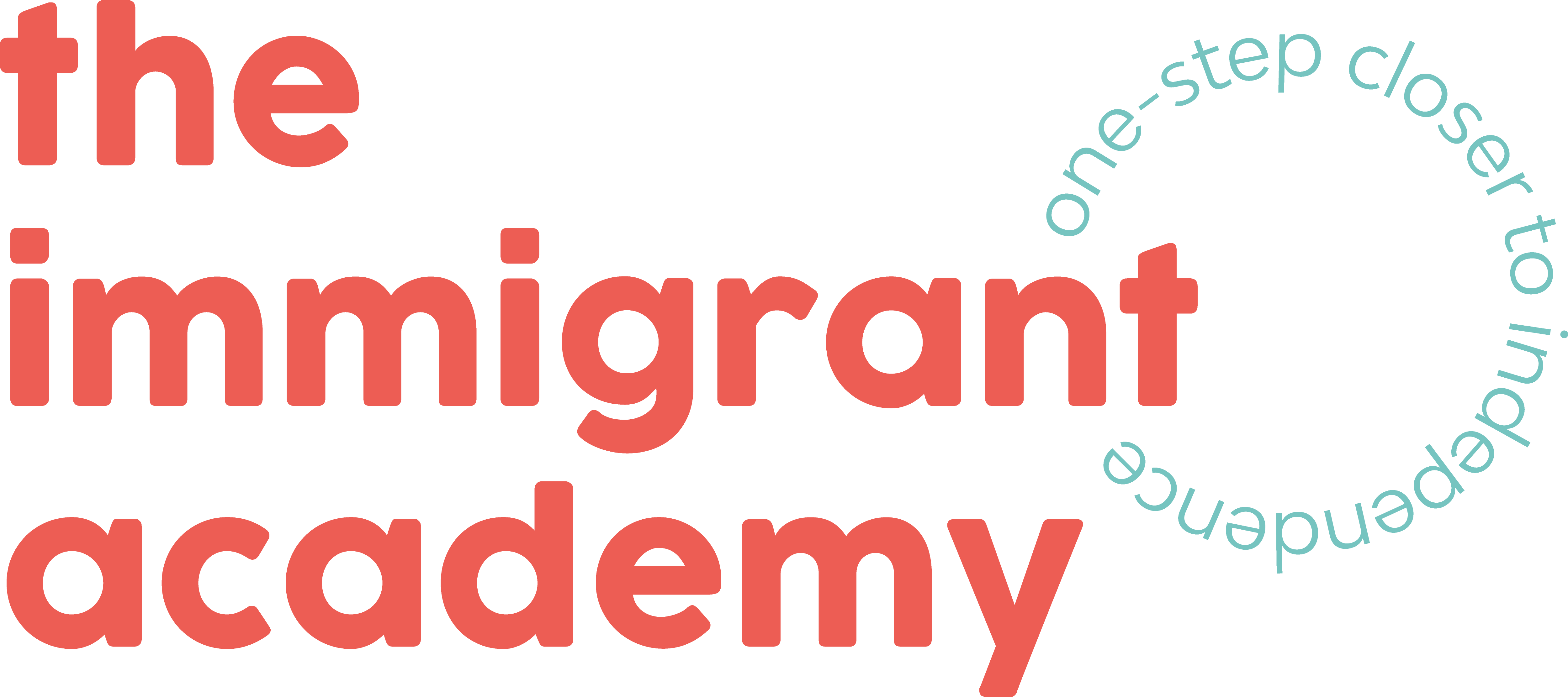
What is the H-1B Visa?
The H-1B visa is a non-immigrant visa that allows U.S. companies to employ foreign workers in specialty occupations that require theoretical or technical expertise. It is one of the most sought-after work visas for skilled professionals looking to work in the United States.
Key Features of the H-1B Visa:
- Designed for specialty occupations (e.g., IT, engineering, finance, healthcare, education, etc.)
- Employer-sponsored visa (an employer must file the petition on behalf of the applicant).
- Typically granted for an initial period of up to three years, extendable to a maximum of six years.
- Dual intent visa (allows applicants to apply for permanent residency while on H-1B).
- Spouses and children (H-4 dependents) can accompany the visa holder, with limited work authorization options.
- Allows portability, meaning an H-1B worker can change employers with a new petition.
H-1B Eligibility Requirements
To qualify for an H-1B visa, applicants must meet the following criteria:
- The job must require a bachelor’s degree or higher in a related field
- The applicant must possess the necessary degree or equivalent work experience
- The employer must demonstrate the need for a specialized skill set
- The offered salary must meet the prevailing wage requirements set by the U.S. Department of Labor
H-1B Lottery System
Due to high demand, the U.S. government has implemented a lottery system for selecting H-1B applicants. Each year, the U.S. Citizenship and Immigration Services (USCIS) accepts a limited number of H-1B applications based on a cap.
Lottery Process:
- Registration Period: Employers submit a basic electronic registration for potential candidates.
- Random Selection: USCIS conducts a random lottery if registrations exceed the annual cap.
- Petition Filing: Selected applicants proceed to file the full H-1B petition with USCIS.
- Approval & Processing: If approved, the applicant can begin working under H-1B status starting October 1 of that year.
H-1B Cap and Cap-Exempt Categories
H-1B Cap:
- Regular Cap: 65,000 visas available annually
- Master’s Cap: Additional 20,000 visas for applicants with a U.S. master’s degree or higher
- Total Annual Cap: 85,000 visas
Cap-Exempt Employers:
Certain employers and organizations are exempt from the H-1B cap, meaning they can apply for an H-1B visa at any time without going through the lottery.
- Non-profit research organizations
- Higher education institutions (universities and colleges)
- Government research institutions
- Certain hospital systems affiliated with universities
H-1B Extensions and Renewals
H-1B holders can apply for extensions under specific circumstances:
- Initial period: 3 years, extendable for an additional 3 years
- Beyond 6 years: Possible if the Green Card process has been initiated before the fifth year of H-1B status
- H-1B Cap-Exempt Transfers: If moving to a cap-exempt employer, the visa may be renewed indefinitely
H-1B Transfer and Portability
H-1B workers can transfer their visa status to a new employer under the following conditions:
- The new employer files an H-1B petition before the worker leaves the current job
- The worker can begin employment with the new employer upon receipt of the petition
- The transfer does not count towards the H-1B cap if the applicant has already been counted in a previous lottery
H-1B Premium Processing
USCIS offers an optional premium processing service that expedites the adjudication of H-1B petitions within 15 calendar days. This service is available for an additional fee and is often used by employers to speed up hiring.
H-4 Visa for Dependents
H-1B visa holders can bring their spouse and children (under 21) to the U.S. on an H-4 dependent visa.
- H-4 visa holders are not automatically allowed to work.
- Certain H-4 visa holders can apply for an Employment Authorization Document (EAD) if their H-1B spouse has an approved I-140 petition.
Path to a Green Card from H-1B
Many H-1B visa holders seek to transition to a Green Card (permanent residency) through employment-based sponsorship. The process generally follows these steps:
Step 1: PERM Labor Certification
- The employer must prove that no qualified U.S. workers are available for the job.
- Requires job postings and Department of Labor approval.
Step 2: I-140 Immigrant Petition
- The employer files Form I-140 (Immigrant Petition for Alien Worker) with USCIS.
- Once approved, the employee’s priority date is established.
Step 3: Adjustment of Status or Consular Processing
- If the priority date is current, the applicant can file for Adjustment of Status (Form I-485) if they are in the U.S.
- If outside the U.S., they can go through consular processing at a U.S. embassy.
- Upon approval, the applicant receives a Green Card.
H-1B to Green Card Timeline
- Processing times vary depending on employment category and country of origin.
- Some categories (e.g., India and China) have longer wait times due to visa backlogs.
- Premium processing may be available for certain Green Card steps to expedite processing.
Common Challenges and Considerations
- Visa Denials: USCIS may deny petitions due to insufficient documentation or failure to meet requirements.
- H-1B Layoffs: Workers who lose their job have a 60-day grace period to find new employment or change visa status.
- Changes in Immigration Policies: Laws and regulations can impact H-1B rules, making it crucial to stay updated.
- Work Authorization for Spouses: H-4 EAD processing delays can impact employment opportunities for spouses.
Conclusion
The H-1B visa is a crucial pathway for skilled professionals seeking employment in the U.S., offering a route to long-term residency through the Green Card process. Understanding the eligibility requirements, lottery system, cap exemptions, and Green Card transition process can help applicants and employers navigate the complexities of U.S. immigration successfully.
